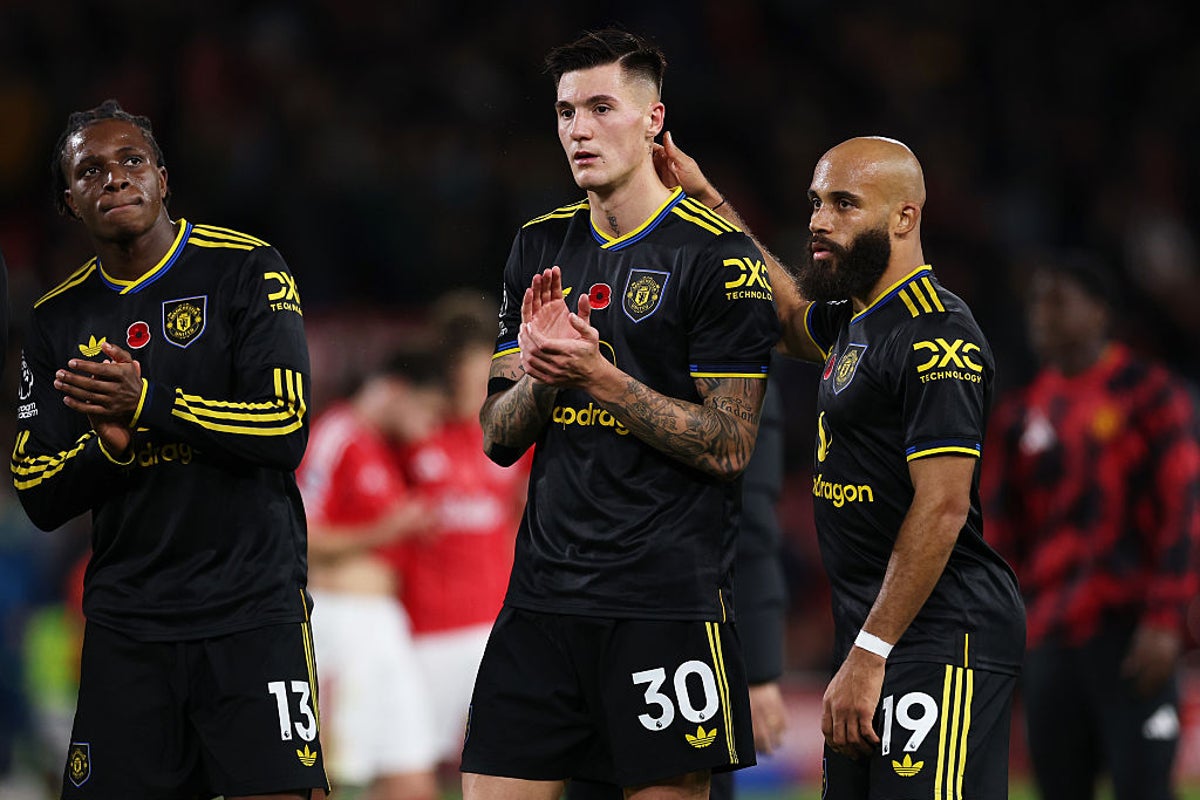- The ‘awkward’ Man Utd summer signing backed to be a success at Old Trafford The Independent
- ‘Control freak’ Sesko should ignore critics – Amorim BBC
- Benjamin Sesko does not score for Manchester United: what is the reason for the failure
Author: admin
-

The ‘awkward’ Man Utd summer signing backed to be a success at Old Trafford – The Independent
-

Ruben Amorim backs ‘control freak’ Benjamin Sesko after Gary Neville criticism
Ruben Amorim has backed “control freak” Benjamin Sesko to succeed at Manchester United after Gary Neville claimed the striker was “well off it” compared to United’s other summer signings.
United splashed out around £207.2 million to…
Continue Reading
-

Don’t Ever Use My Songs To Promote Your Racist, Hateful Propaganda
Olivia Rodrigo does not want to be associated with the ICE raids under the Donald Trump administration and sent them a clear message on social media.
After the Department of Homeland Security shared a video asking undocumented immigrants…
Continue Reading
-

Chronic Kidney Disease Is Now the Ninth Leading Cause of Death
NEW YORK and HOUSTON, Nov. 7, 2025 /PRNewswire/ — Record numbers of men and women globally are now estimated to have reduced kidney function, a new study shows. Figures rose from 378 million people with the disease…
Continue Reading
-
Rise in Kidney Disease Tied to Other Chronic Conditions, Study Finds – The New York Times
- Rise in Kidney Disease Tied to Other Chronic Conditions, Study Finds The New York Times
- Telangana among India’s kidney disease hotspots, 1 in 14 adults affected Times of India
- Why unlicensed alternate medicines may be harming kidneys in…
Continue Reading
-
Metro Theatre marks Jane Austen’s 250th with a festive sequel – Delta Optimist
- Metro Theatre marks Jane Austen’s 250th with a festive sequel Delta Optimist
- Review: MISS BENNET: CHRISTMAS AT PEMBERLEY at Enid Miller Lab Theatre, Nebraska Wesleyan University BroadwayWorld.com
- Miss Bennet: Christmas at Pemberley at The…
Continue Reading
-
Just a moment…
Just a moment… This request seems a bit unusual, so we need to confirm that you’re human. Please press and hold the button until it turns completely green. Thank you for your cooperation!
Continue Reading
-
Amazing! Did you know that ‘KGF : Chapter 2’ editor is just 19 years old?
Published by indiaglitzcom
Yash’s new movie ‘KGF : Chapter 2’ directed by Prashanth Neel released worldwide on April 14th to thunderous response from movie goers. The film rides on the immense popularity that the original ‘KGF :…
Continue Reading
-

Sam Smith Mailbag: Josh Giddey's strong start, the Bulls 6-1 start and more – NBA
- Sam Smith Mailbag: Josh Giddey’s strong start, the Bulls 6-1 start and more NBA
- ‘Has to be No. 1’: Insane Giddey leap laid bare… and why it could spark ‘chips in’ trade Fox Sports
- The Josh Giddey Hype is Real After 6-1 Start With…
Continue Reading
-

‘It’s not going well from my side’ – Lewis Hamilton aiming to ‘just have fun’ from P11 in Sao Paulo Sprint
Lewis Hamilton was left to rue a difficult Sprint Qualifying at the Sao Paulo Grand Prix that saw him exit SQ2 in 11th place, with the seven-time World Champion stating afterwards that “it’s not going well from my side”.
With Ferrari…
Continue Reading